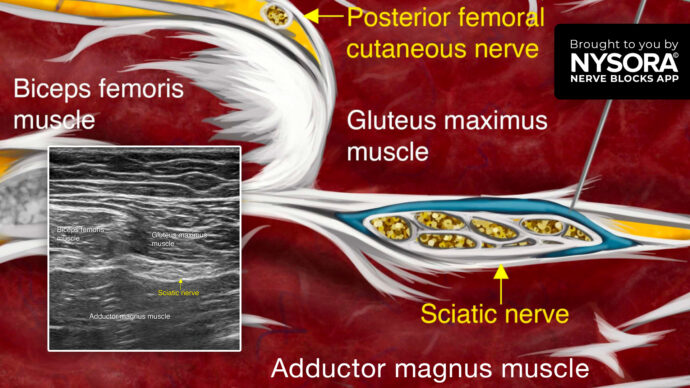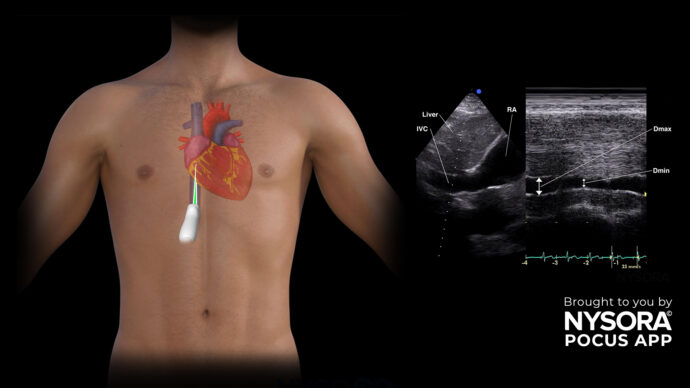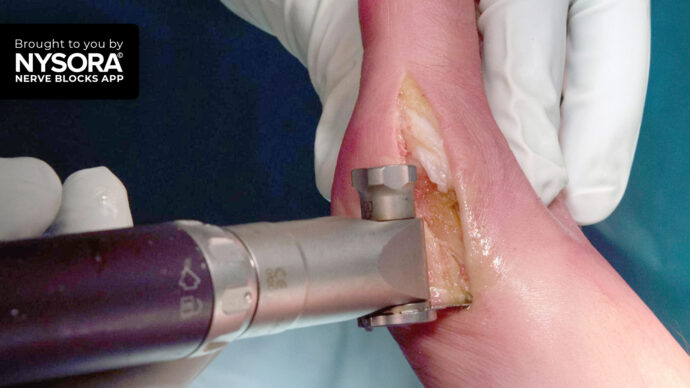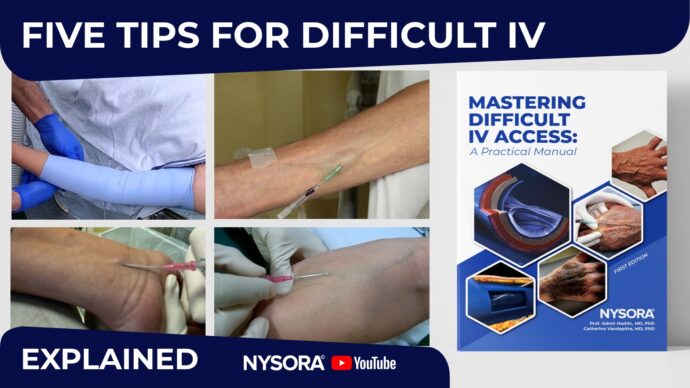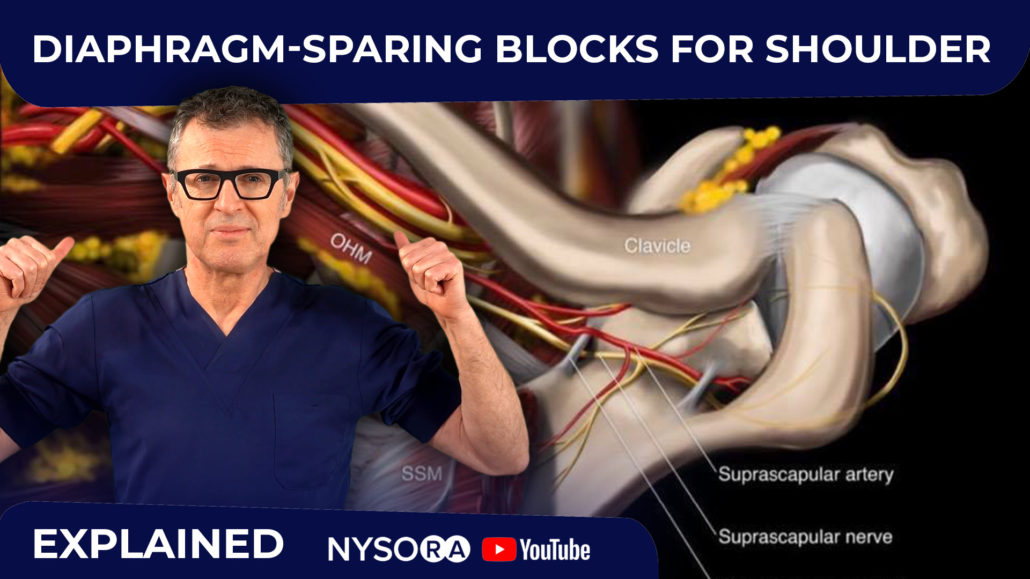
Diaphragm-sparing nerve blocks for analgesia after shoulder surgery? Part I
Phrenic nerve block and diaphragmatic paralysis are challenges that we all face in the everyday practice of nerve blocks. We all often take care of patients who would be beneficiaries of interscalene analgesia, but the presence of respiratory disease makes it an uncomfortable proceeding with an interscalene brachial plexus block because of the possibility of diaphragmatic paralysis. Indeed, this is one of the most common questions at NYSORA’s boutique workshops and CME symposia.
So, how to approach interventional analgesia in patients with a history of respiratory disease?
NYSORA developed several algorithms in its COMPENDIUM of Regional Anesthesia to assist the clinical decision-making in this clinical scenario. Using the strategies that we teach from NYSORA’s COMPENDIUM, eliminates the guesswork and alleviates the challenges of dealing with patients with respiratory disease who are having major shoulder surgery.
So let’s talk about the basic principles. If you have a patient who has a significant respiratory disease, and you do not believe that the patient would tolerate a decrease in respiratory function of 20% or more, you should not do any analgesic blocks above the clavicle. Period. In other words, any interscalene brachial plexus block or its variants, such as supraclavicular brachial plexus block, cervical plexus block, etc are out of the question. This is because every one of these techniques even with the low volumes cannot possibly rule out the block of the phrenic nerve and diaphragmatic paralysis with certainty. While decreasing volumes and variations of the techniques have been shown to decrease the incidence of diaphragmatic paresis, a chance of phrenic nerve block and the respiratory demise that issues can not be prevented with certainty.
The blocks below the clavicle can be used particularly, but with attention being paid not to inject too much to a larger volume. In our practice, all blocks are limited to 20 mL of a local anesthetic (except the fascial blocks). In patients who have respiratory issues even with the blocks below the clavicle, we limit the volume of local anesthetic further to 15 mL. Unfortunately the blocks below the clavicle, however, result in hand and forearm motor blocks, which are not desirable.
A more specific approach to shoulder analgesia is blocks of the specific nerves that innervate shoulders, such as the combination of the supra-scapular nerve block and axillary nerve block (e.g. shoulder block). Unfortunately, these blocks require significantly more expertise and may be more difficult to implement in the clinical service of orthopedic anesthesia and analgesia. One of the problems, that makes incorporating these blocks into the clinical practice of orthopedic anesthesia and analgesia service difficult, is that there are many technique variations. Many clinicians who have the expertise, like to try different techniques, injection strategies, and different local anesthetics, which makes it impossible to create a consistent service. The standardization of blocks is an important contribution of NYSORA to the teaching of regional anesthesia.
What do we mean by standardization? NYSORA has set up a number of orthopedic anesthesia services using the very principle of standardization where the entire team utilizes the same technique the same approach, the same equipment, the same medication, for the same clinical indication and the nerve block procedure. This makes it possible to organize a service and establish consistent results that are reproducible. These techniques, which are described in detail in NYSORA’s COMPENDIUM of regional anesthesia we utilize in all of our teaching outlets such as workshops, symposia, boot camps, and training for residents and fellows. The standardization allows us to create generations of capable practitioners who use the standardized techniques, equipment and medications to accomplish reproducible results. Adhering to these standardized techniques in NYSORA’s COMPENDIUM allow our trainees to teach others and establish orthopedic anesthesia and analgesia services in their own practices.
In NYSORA’s COMPENDIUM of regional anesthesia, all regional anesthesia techniques are described in a step-by-step approach in a simplified fashion, with videos and reverse ultrasound anatomy animations so that the reader can easily reproduce them. We strongly advise giving the COMPENDIUM of Regional Anesthesia a free 1-week test drive. We do not believe you would go back to your old books, because the COMPENDIUM is one of the most powerful methods to learn the standardized practice of regional anesthesia, and implement them into your practice. Importantly, the standardization in the COMPENDIUM allows you to build the regional anesthesia service around it. NYSORA grants complimentary subscription to COMPENDIUM to all of our trainees, and delegates to our workshops to read in preparation for the hands-on training.
